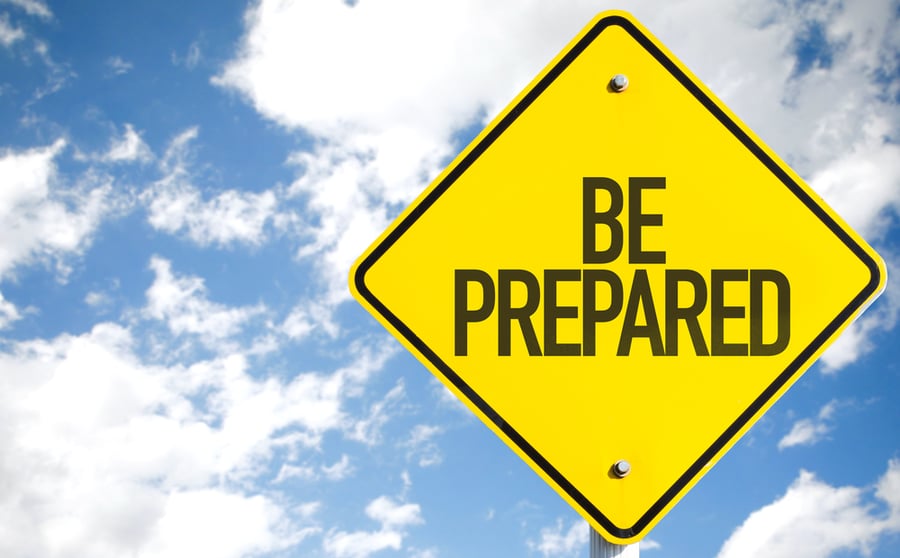A Bootstrap Guide to Hurricane Preparation in Texas

From tumultuous markets to public health crises, it’s hard to describe our luck as even “fair to middlin’” at this juncture in 2020. If Mother Nature decides to add insult to injury, we might be in for a busy storm season as gulf waters hit the 79 degree tipping point this summer. But Texans are seasoned at pulling themselves up by the bootstraps, and a little planning can go a long way during hurricane season.
Identify response coordinators
Trying to rope professionals with varying skill sets into any kind of response post-emergency is like rounding up spooked horses after they’ve bolted from the barn. Too little. Too late. Identify key players in each department with administrative chops, operational expertise and leadership experience to serve as response coordinators before gulf waters start churning.
Acknowledge the bare essentials
No one considers themselves unessential to their organization’s success, and rightfully so. But hurricanes are the ultimate operations stress test. If you strip each department to its bare-boned functional constituents, who would be the personnel responsible for those functions? Anyone who reports to work after a storm who isn’t assigned a critical duty may become a wellness liability. Choose wisely.
Avoid “slips, trips and falls”
Hurricane season requires a heightened focus and forward thinking that goes beyond good housekeeping that is essential in preventing “slips, trips and falls” and other workplace injuries. Create a finely tuned pre-season checklist particular to each department that includes not-so-ordinary action items like keeping vehicles fueled, stabilizing empty vessels by filling them with water if appropriate and performing additional inspections on response equipment.
Stage resources carefully
Much of the $1.8 billion in damage caused by the median Atlantic hurricane is related to storm surge and floodwater. Review storm surge maps for your area and identify high-and-dry locations to keep fleet vehicles until waters have receded. And don’t store all of your response eggs in one basket; multiple staging areas may prove useful as long as each response equipment repository is located outside of likely hot zones.
Expect things to break, but test your comms anyway
Post-storm, some folks will receive texts and phone calls- other messages will be gone with the wind (pardon the pun). Maintaining strict records of who’s on the job, systematically performing check-ins and using the buddy system are all great tactics, but test your methods (radios, mass text/email systems, social media etc.) during the pre-season and discuss the communications contingency plan.
Approach response systematically
The only perfect emergency response is the one that doesn’t have to occur to begin with, but that’s not exactly an option when nature holds all the cards. FEMA offers free, introductory-level Incident Command System (ICS) trainingthat can give response coordinators an idea of what it takes to remain organized and address emergencies with a systematic approach. While your municipality may not have the personnel to flesh out an entire ICS structure, getting refreshed by the pros never hurts.
See the Pool’s risk resources library for additional information including an Emergency Preparedness Plan, which provides guidance from the pre-planning to post-emergency phase; and the Texas Emergency Management Executive Guide 2019 Edition, which is the “go-to” document for planning purposes.
TMLIRP has served Texas municipalities as their premier partner in risk management since 1974. Whether you’re a town with one stoplight or a city that never sleeps, we can assist with your storm season protection needs. Reach out to your area Member Services Manager or Loss Prevention Representative today!



